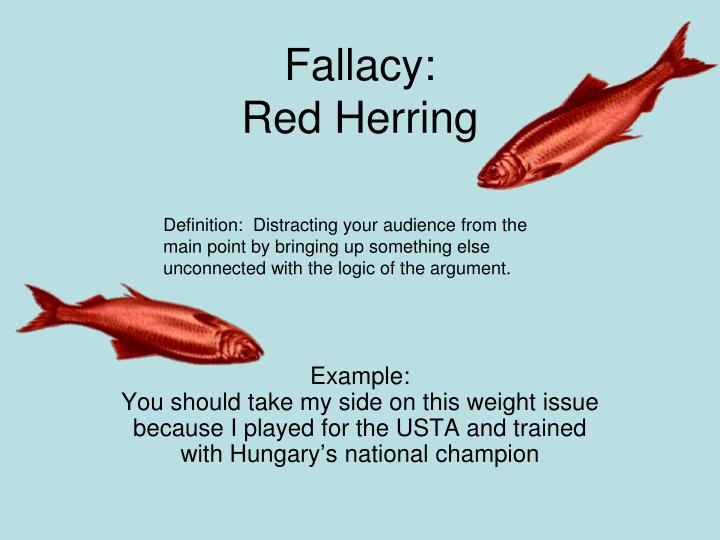
In this somewhat opaque line, the character is describing a solar eclipse, which blots out the sun and makes day seem like night. “By th’clock ’tis day,/ And yet dark night strangles the travelling lamp is’t night’s predominance, or the day’s shame, That darkness does the face of earth entomb/ When living light should kiss it?” (William Shakespeare, Macbeth) In addition to the cloud’s loneliness, we can imagine it wandering all over the world, looking for a place to call home, and the connection to Wordsworth’s own wandering is clear. There are many clichéd versions of the pathetic fallacy (happy clouds, angry stormclouds, etc.), but the idea of a lonely cloud was quite inventive. Wordsworth’s famous metaphor is particularly noteworthy since it changes the usual dynamic. “I wandered lonely as a cloud that floats on high o’er vales and hills…” (William Wordsworth, I Wandered Lonely as a Cloud) These are metaphorical descriptions, but they don’t have an emotional component, which is a necessary part of the pathetic fallacy. Notice that the words “rolling” and “crawling” are not part of the pathetic fallacy. When the term “pathetic fallacy” was first coined by John Ruskin, he used this poem as his primary example. “They rowed her in across the rolling foam, the cruel crawling foam, the cruel hungry foam” (Charles Kingsley, The Water Bubbles) IV. Examples of Pathetic Fallacy in Literature Example 1 In formal science writing, it would be best to avoid this kind of pathetic fallacy. This kind of pathetic fallacy can be useful as a teaching tool, but if taken too seriously it can lead to an overly sentimentalized view of the way the universe works. Rather, they simply are attracted to one another by impersonal physical forces.

But ions do not have minds and are not capable of wanting anything, in the emotional sense. This helps us visualize their behavior in the real world. For example, it’s easy to conceptualize electromagnetic attraction by saying that negative ions want to be near positive ions. Sometimes, the pathetic fallacy is mistakenly used literally, which is considered a sign of faulty reasoning in the hard sciences.

It has to be used sparingly, at just the right moment, or it can start to get old pretty quickly. However, a metaphor can easily be overplayed, and this is equally true of the pathetic fallacy. When used figuratively, the pathetic fallacy is just like any other metaphor – it lends depth and texture to a description, and can make the writing seem far richer. It still fits within the looser definition, though. Notice that on the strict definition of the pathetic fallacy, this would not be a good example, since blue jeans are not part of nature. In addition, it suggests a kind of personal relationship (and not a very friendly one) that the jeans have had with their owner over the years.

Obviously, blue jeans don’t feel emotions, but this metaphorical construction suggests that they do. His favorite jeans, bitter after years of overuse, finally and spitefully ripped down the middle. Nature will always “try” to get rid of a true vacuum. (At least, for people who aren’t pantheist mystics or nature-worshippers it doesn’t.) However, this pathetic fallacy helps us understand an important truth about vacuums: they are inherently unstable under atmospheric conditions, and the laws of physics make them very difficult to sustain. Obviously, nature cannot literally abhor (hate) anything, since nature does not literally have emotions. This common saying is a great example of the pathetic fallacy. The term comes from the Greek word pathos, meaning “emotion,” and is only distantly related to the usual meaning of the word “pathetic.” However, if taken literally it definitely constitutes a fallacy.

an error of reasoning), but rather a simple image or figure of speech. When used figuratively, the pathetic fallacy is not a logical fallacy (i.e. However, it is also sometimes used more loosely to refer to an emotional metaphor regarding everyday objects that aren’t typically thought of as “natural.” In the strictest sense, the pathetic fallacy can only be applied to nature – animals, trees, weather patterns, etc. This is also a kind of personification, or describing non-human objects in human ways. The phrase “weeping willow” is an example of the pathetic fallacy, since it suggests that this tree is sad or dejected, which of course is not true – it just looks that way to our eyes. The pathetic fallacy is a figure of speech in which the natural world (or some part of it) is treated as though it had human emotions.


 0 kommentar(er)
0 kommentar(er)
